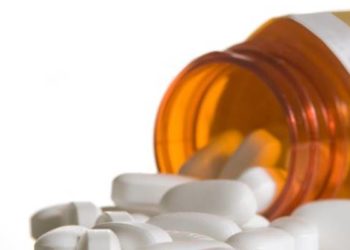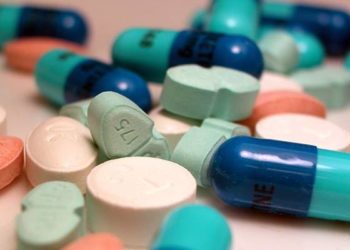The PROVE IT trial: High-dose statin regimen reduces mortality after ACS [Classics Series]
This study summary and podcast is an excerpt from the book 2 Minute Medicine’s The Classics in Medicine: Summaries of the Landmark Trials, 1e (The Classics Series).
1. High-dose atorvastatin was associated with a 16% reduction in death or major cardiovascular events compared to standard pravastatin therapy following an acute coronary syndrome.
2. The protective effect of intensive lipid-lowering was evident in the first 30 days of therapy and was consistent across pre-specified subgroups.
Original Date of Publication: April 8, 2004
Study Rundown: The REVERSAL trial first suggested that intensive lipid-lowering therapy may be superior to standard therapy; however, this trial was not designed to assess clinical outcomes. The PROVE IT trial pursued this implication by comparing the standard pravastatin dose to high-dose atorvastatin and measured a composite end point of death from all-causes and major cardiovascular events. The magnitude of the improvement with intensive lipid-lowering over standard therapy was comparable to the benefit seen when comparing statins to placebo. The effect was apparent early on after therapy initiation and was consistent over the mean two-year follow up period. It is uncertain to what extent the difference in statins may have contributed to the difference in outcomes. Future studies may explore the effect of varying doses of a single statin. The results of the PROVE IT trial challenged guidelines at the time by suggesting that target low-density lipoprotein (LDL) levels should be lower in patients following an acute coronary syndrome (ACS).
In sum, intensive lipid-lowering with high-dose atorvastatin may further reduce the risk of mortality or major cardiovascular events compared to a standard dose of pravastatin in patients with recent ACS.
Please click to read study in NEJM
In-Depth [randomized, controlled study]: Published in NEJM in 2004, the PROVE IT trial randomly assigned 4,162 patients who had been hospitalized within the previous 10 days for an ACS to receive a standard regimen of 40 mg pravastatin daily or an intensive regimen of 80 mg atorvastatin daily. The primary outcome measured was the time to death from any cause, myocardial infarction, unstable angina requiring hospitalization, revascularization or stroke. During follow-up, the low-density lipoprotein cholesterol levels reached were 2.46 mmol/L in the pravastatin group and 1.60 mmol/L in the atorvastatin group (P<0.001). There was a 16% reduction in the hazard ratio for the primary outcome in the atorvastatin group compared to the pravastatin group (P=0.005). No significant difference was detected in the rates of discontinuation of the two drugs because of adverse events or patient preference; however, a significantly greater proportion of patients in the atorvastatin group had elevated alanine aminotransferase levels.
© 2 Minute Medicine, Inc. All rights reserved. No works may be reproduced without expressed written consent from 2 Minute Medicine, Inc. Inquire about licensing here. No article should be construed as medical advice and is not intended as such by the authors or by 2 Minute Medicine, Inc.









